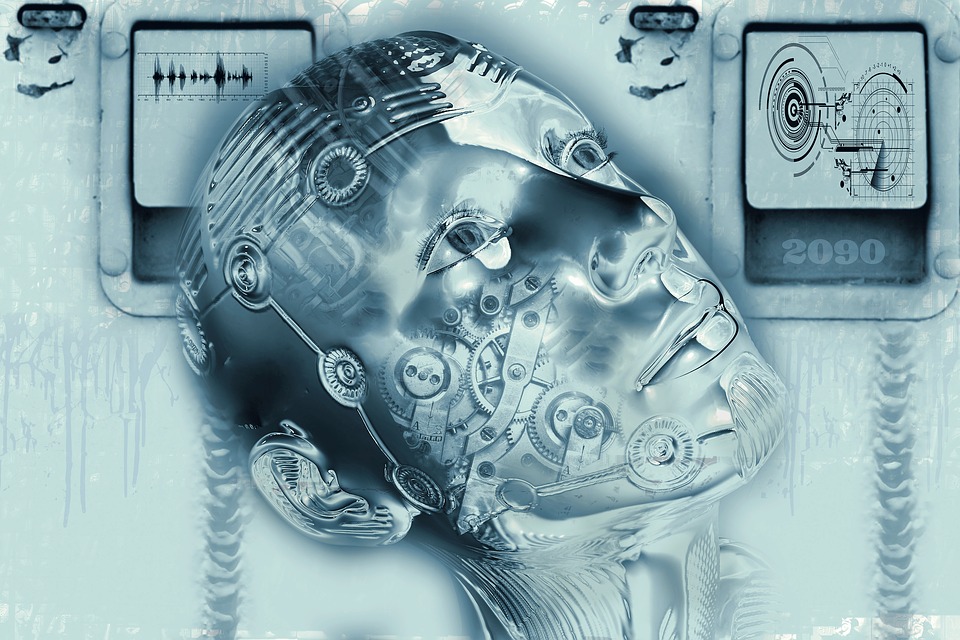
Robotic Process Automation: How ‘software robots’ are finding their niche
A simple introduction to a complex subject
At Robotics and Automation News, we like real robots, ones that you can see and touch, that are preferably made of metal. However, we might have been remiss in not talking about another kind, the “software robot” that sits inside your computer, watches what you are doing, and learns how to do it for you.
Software developers automate tasks by analysing them in detail, and writing programmes that carry out the task step by step, and then writing something called an Application Programming Interface (API) to link the task into an organisation’s computer system.
The drawbacks here are the usual – some tasks don’t justify the cost of designing a special software system, yet nonetheless many hours of laborious manual inputting needs doing. It is here that Robotic Process Automation (RPA) and software robots are coming into their own.
Imagine a company asks its suppliers to submit their invoices in pdf form, and the accounts department manually inputs the details, transferring purchase order numbers, tax information and cash totals into the payment system. Then, for financial reporting, another set of figures are extracted from the system and put into a reporting software. Imagine automating the repetitive steps in the process.
The question for any business is how much of the work done by people can be automated? For example, in an accounts process, perhaps steps 1 to 3 are done by a human, steps 4-10 could be done by the robot, with steps 11-12 completed by the human.
The result is that the human worker begins the task, then watches the software robot whizz around on the screen in front of them performing the automated part, before completing the operation.
The applications are everywhere. Company X buys Company Y and wants to integrate financial information into their Enterprise Resource Planning (ERP) System – the business system of the company, to make sure that, from then on, Company Y is using the same reporting tools, invoicing processes as company X. While the newcomers learn the ropes, a well-trained software robot can help the workers transition.
The degree of complexity of RPA robots ranges according to the task, from the simplest automatic responses, to those that are “machine learnt”, where the robot ‘watches’ what the human operator does and learns how to do the task – a process on the road to artificial intelligence (AI) proper.
Bots do the boring, repetitive part of the job first and foremost, which lends them to being welcomed by their collaborative humans.
As ever, the success of RPA depends on how the organisation manages the change. A successful application in one area can lead to new tasks being considered for automation, and with bots appearing in different parts of a company’s ERP, organisations must carefully assess the impact on workers and other previously installed RPA systems.
Organisations that are seeing the benefits of RPA are using them for a range of applications – typically report generation, data management, payroll management, customer service and accounting reconciliation.
As well as being cost-effective, software robots do the boring stuff quickly, and, as a result, we can expect to see them increasingly becoming part of the business landscape.
Image credit: Pixabay


